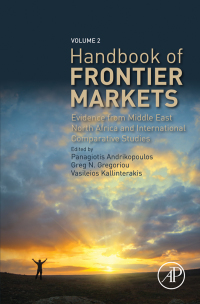Question
Last year Carson Industries issued a 10-year, 12% semiannual coupon bond at its par value of $1,000. Currently, the bond can be called in 6
Last year Carson Industries issued a 10-year, 12% semiannual coupon bond at its par value of $1,000. Currently, the bond can be called in 6 years at a price of $1,060 and it sells for $1,150.
- What are the bond's nominal yield to maturity and its nominal yield to call? Do not round intermediate calculations. Round your answers to two decimal places.
YTM: %
YTC: %
Would an investor be more likely to earn the YTM or the YTC?
-Select-Since the YTM is above the YTC, the bond is likely to be called.Since the YTC is above the YTM, the bond is likely to be called.Since the YTM is above the YTC, the bond is not likely to be called.Since the YTC is above the YTM, the bond is not likely to be called.Since the coupon rate on the bond has declined, the bond is not likely to be called.Item 3
- What is the current yield? Round your answer to two decimal places.
%
Is this yield affected by whether the bond is likely to be called?
- If the bond is called, the capital gains yield will remain the same but the current yield will be different.
- If the bond is called, the current yield and the capital gains yield will both be different.
- If the bond is called, the current yield and the capital gains yield will remain the same but the coupon rate will be different.
- If the bond is called, the current yield will remain the same but the capital gains yield will be different.
- If the bond is called, the current yield and the capital gains yield will remain the same.
- What is the expected capital gains (or loss) yield for the coming year? Use amounts calculated in above requirements for calculation, if required. Negative value should be indicated by a minus sign. Round your answer to two decimal places.
%
- Is this yield dependent on whether the bond is expected to be called?
- The expected capital gains (or loss) yield for the coming year does not depend on whether or not the bond is expected to be called.
- If the bond is expected to be called, the appropriate expected total return is the YTM.
- If the bond is not expected to be called, the appropriate expected total return is the YTC.
- If the bond is expected to be called, the appropriate expected total return will not change.
- The expected capital gains (or loss) yield for the coming year depends on whether or not the bond is expected to be called.
Bond X is noncallable and has 20 years to maturity, a 10% annual coupon, and a $1,000 par value. Your required return on Bond X is 9%; if you buy it, you plan to hold it for 5 years. You (and the market) have expectations that in 5 years, the yield to maturity on a 15-year bond with similar risk will be 9.5%. How much should you be willing to pay for Bond X today? (Hint: You will need to know how much the bond will be worth at the end of 5 years.) Do not round intermediate calculations. Round your answer to the nearest cent.
Last year Janet purchased a $1,000 face value corporate bond with a 9% annual coupon rate and a 15-year maturity. At the time of the purchase, it had an expected yield to maturity of 11.74%. If Janet sold the bond today for $941.31, what rate of return would she have earned for the past year? Do not round intermediate calculations. Round your answer to two decimal places.
Step by Step Solution
There are 3 Steps involved in it
Step: 1

Get Instant Access to Expert-Tailored Solutions
See step-by-step solutions with expert insights and AI powered tools for academic success
Step: 2

Step: 3

Ace Your Homework with AI
Get the answers you need in no time with our AI-driven, step-by-step assistance
Get Started


